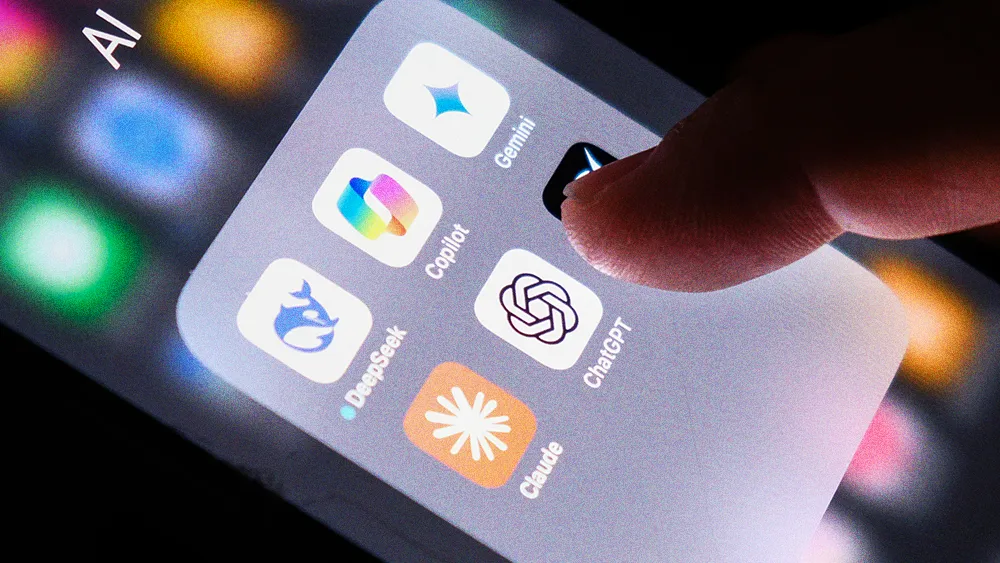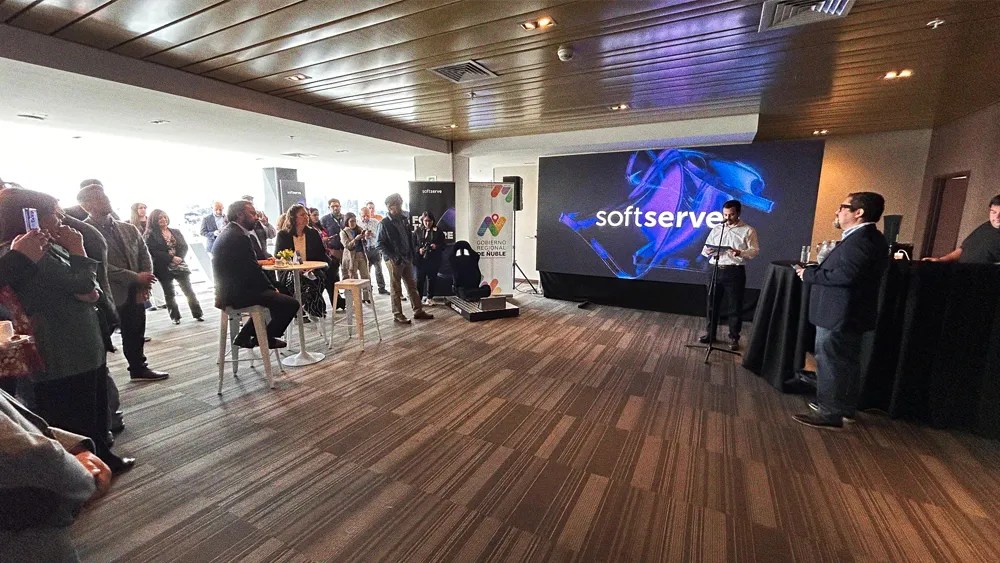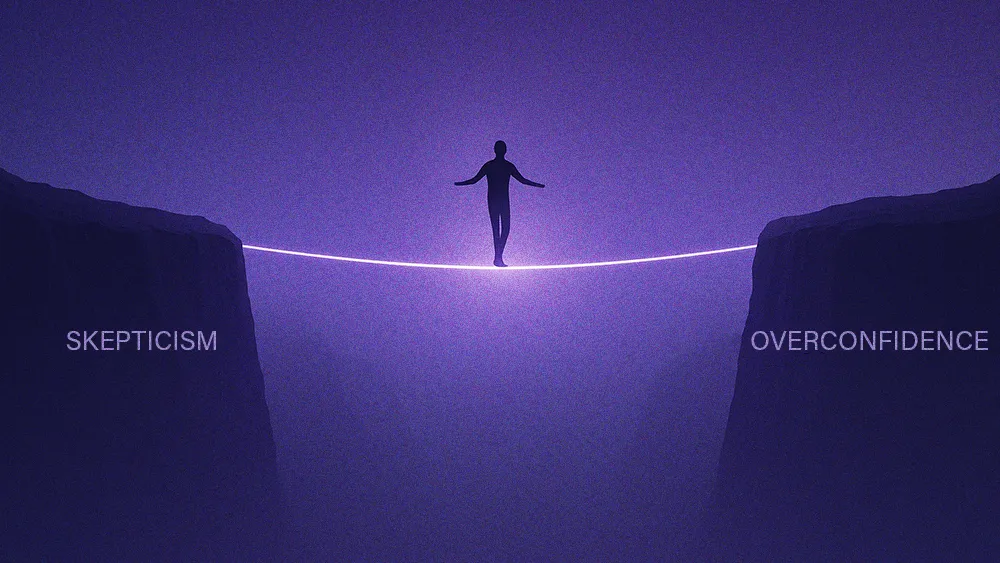While AI removes HR ‘drudgery’, experts advise caution when filling the gaps

Key Points
AI’s automation in HR is eliminating routine tasks, raising questions about maintaining mental breaks and developing junior talent.
Malvika Jethmalani of Atvis Group discusses the need for deliberate work structuring to foster creativity in an AI-driven environment.
The absence of routine tasks may impact talent pipelines, suggesting a shift towards mentorship models to ensure knowledge transfer.
Future job contracts are expected to include AI persona licensing, requiring strategic alignment among top executives to redefine employment terms.
Now, instead of being knee deep in spreadsheets, you can actually spend more time on the human part of human resources.

Malvika Jethmalani
Founder
Atvis Group
Automating HR’s routine tasks frees up time for strategy and culture. But with that efficiency comes a tradeoff: removing drudgery also eliminates natural mental breaks, raising tougher questions about how to structure work for focus, creativity, and long-term talent development.
Malvika Jethmalani, Founder of human capital advisory firm Atvis Group, works with leaders to tackle exactly that. With a belief that winning in the marketplace starts with winning in the workplace, she brings a data-first approach to reimagining how teams work, grow, and thrive.
Putting the ‘H’ in HR: “Now, instead of being knee deep in spreadsheets, you can actually spend more time on the human part of human resources,” says Jethmalani. That shift, powered by AI’s ability to process surveys and other admin tasks in minutes, marks what she calls “a moment for HR people” after decades of being buried under administrative burden.
Free time paradox: The promise of AI is to strip away drudgery—but Jethmalani sees a catch. “We’ve kind of positioned AI as this thing that’s going to take away the monotony and the drudgery,” she says. But in high-pressure stretches, she found that “drudgery” offered welcome mental pauses. “We need to think deliberately about how we’re going to create time and space for people to be creative and strategic and to work on the complex problems,” she warns. “Because if we take the drudgery away and just replace that with more meetings, that’s not going to work.”
The limit does exist: Jethmalani flags a blind spot in AI-fueled efficiency: “Once we free up this time for our people, how are we going to give them time back?” The human brain can’t run at full tilt all day. “Are we going to expect people to solve complex problems 8, 9, 10 hours a day? That’s probably not going to happen,” she says. Most people max out at about four hours of deep, focused thinking.
Talent pipeline threat: That same drudgery often serves a purpose, providing building blocks for junior talent. “If you take the drudgery out, then how do you bring early career talent up to speed?” Jethmalani asks. The potential fallout is stark: “future talent pipelines could suffer.” She observes that most CEOs are not yet grappling with these far-reaching questions about talent cultivation or designing work for sustained, focused thought.
Learning, both ways: To rebuild lost pathways to growth, Jethmalani proposes a modern apprenticeship model. “Knowledge is now democratized,” she says, “but what not everyone has is access to wisdom and judgement.” Pairing junior talent with experienced mentors can close that gap, and not just one way. “The people coming into the workforce are digital natives, and soon they’ll be AI natives. There’s an opportunity for both groups to learn from each other,” explains Jethmalani.
HR’s new frontier: Beyond reshaping daily tasks and development, AI is set to redefine employment itself. By 2027, 70% of new job contracts are expected to include licensing for AI personas, and Jethmalani says this demands urgent alignment at the top. “CHROs and CEOs and legal departments are going to have to partner on what that employment relationship looks like,” she explains. “Particularly in an age where companies are trying to own not just our time, but the wisdom and knowledge that we feed into these AI avatars.”
Once we free up this time for our people, how are we going to give them time back? The human brain can’t run at full tilt all day. Are we going to expect people to solve complex problems 8, 9, 10 hours a day? That’s probably not going to happen.

Malvika Jethmalani
Founder
Atvis Group
Once we free up this time for our people, how are we going to give them time back? The human brain can’t run at full tilt all day. Are we going to expect people to solve complex problems 8, 9, 10 hours a day? That’s probably not going to happen.

Malvika Jethmalani
Founder
Atvis Group
Related articles
TL;DR
AI’s automation in HR is eliminating routine tasks, raising questions about maintaining mental breaks and developing junior talent.
Malvika Jethmalani of Atvis Group discusses the need for deliberate work structuring to foster creativity in an AI-driven environment.
The absence of routine tasks may impact talent pipelines, suggesting a shift towards mentorship models to ensure knowledge transfer.
Future job contracts are expected to include AI persona licensing, requiring strategic alignment among top executives to redefine employment terms.

Malvika Jethmalani
Atvis Group
Founder

Founder
Automating HR’s routine tasks frees up time for strategy and culture. But with that efficiency comes a tradeoff: removing drudgery also eliminates natural mental breaks, raising tougher questions about how to structure work for focus, creativity, and long-term talent development.
Malvika Jethmalani, Founder of human capital advisory firm Atvis Group, works with leaders to tackle exactly that. With a belief that winning in the marketplace starts with winning in the workplace, she brings a data-first approach to reimagining how teams work, grow, and thrive.
Putting the ‘H’ in HR: “Now, instead of being knee deep in spreadsheets, you can actually spend more time on the human part of human resources,” says Jethmalani. That shift, powered by AI’s ability to process surveys and other admin tasks in minutes, marks what she calls “a moment for HR people” after decades of being buried under administrative burden.
Free time paradox: The promise of AI is to strip away drudgery—but Jethmalani sees a catch. “We’ve kind of positioned AI as this thing that’s going to take away the monotony and the drudgery,” she says. But in high-pressure stretches, she found that “drudgery” offered welcome mental pauses. “We need to think deliberately about how we’re going to create time and space for people to be creative and strategic and to work on the complex problems,” she warns. “Because if we take the drudgery away and just replace that with more meetings, that’s not going to work.”
The limit does exist: Jethmalani flags a blind spot in AI-fueled efficiency: “Once we free up this time for our people, how are we going to give them time back?” The human brain can’t run at full tilt all day. “Are we going to expect people to solve complex problems 8, 9, 10 hours a day? That’s probably not going to happen,” she says. Most people max out at about four hours of deep, focused thinking.

Malvika Jethmalani
Atvis Group
Founder

Founder
Talent pipeline threat: That same drudgery often serves a purpose, providing building blocks for junior talent. “If you take the drudgery out, then how do you bring early career talent up to speed?” Jethmalani asks. The potential fallout is stark: “future talent pipelines could suffer.” She observes that most CEOs are not yet grappling with these far-reaching questions about talent cultivation or designing work for sustained, focused thought.
Learning, both ways: To rebuild lost pathways to growth, Jethmalani proposes a modern apprenticeship model. “Knowledge is now democratized,” she says, “but what not everyone has is access to wisdom and judgement.” Pairing junior talent with experienced mentors can close that gap, and not just one way. “The people coming into the workforce are digital natives, and soon they’ll be AI natives. There’s an opportunity for both groups to learn from each other,” explains Jethmalani.
HR’s new frontier: Beyond reshaping daily tasks and development, AI is set to redefine employment itself. By 2027, 70% of new job contracts are expected to include licensing for AI personas, and Jethmalani says this demands urgent alignment at the top. “CHROs and CEOs and legal departments are going to have to partner on what that employment relationship looks like,” she explains. “Particularly in an age where companies are trying to own not just our time, but the wisdom and knowledge that we feed into these AI avatars.”




